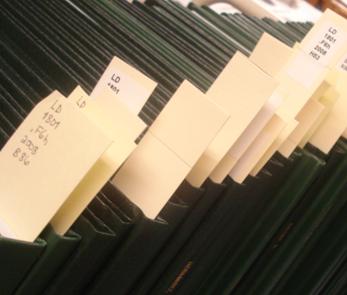
USF St. Petersburg campus Master's Theses (Graduate)
First Advisor
Melanie Riedinger-Whitmore, Ph.D.
Second Advisor
Thomas J. Whitmore, Ph.D.
Third Advisor
Armando Hoare, Ph.D.
Fourth Advisor
Christopher Meindl, Ph.D.
Fifth Advisor
Jim Silliman, Ph.D.
Publisher
University of South Florida St. Petersburg
Document Type
Thesis
Date Available
2013-06-25
Publication Date
2012
Date Issued
2012-11-02
Abstract
Polycyclic aromatic hydrocarbon (PAH), pesticide, and metal contamination in estuarine sediments often results from runoff of residential and commercial developments that are adjacent to coastal areas. This study examines contaminants in surface sediments of Clam Bayou, St. Petersburg, Florida. The purpose was to examine the spatial distribution of contaminants, to relate contaminant concentrations to sediment type, to determine potential sources of contamination, and the history of deposition. Contaminant concentrations were compared with those in sediments from Terra Ceia Bay, which is part of the Terra Ceia Aquatic Preserve in Lower Tampa Bay. Terra Ceia Bay, therefore served as a control or reference site for the present study. Historical patterns of contaminant deposition in Clam Bayou also were examined using three sediment cores, and the cores were dated using 210Pb analyses. The contaminant concentrations in surface sediments from mangroves, stormwater channels, and open-water areas within the estuary were examined. PAH, pesticide, and metal concentrations as well as organic matter content were assayed in the top 5 cm of sediment in the surface survey, and at 4-cm intervals in sediment cores to a depth of approximately 60 cm in each core. The surface sediments revealed higher percentages of organic matter and contaminant concentrations in mangrove sediments, followed by open-water sediments and lastly, channel sediments in Clam Bayou. Contaminant ! xiv! concentrations were positively correlated with organic matter content in sediments, suggesting that organic matter might bind constituents. An additional extended spatial survey of metals and pesticides within the mangrove sediments did not reveal contaminant distribution patterns. Based on criteria from MacDonald (1994) and MacDonald (2000) for benthic toxicity for sediment dwelling-organisms, a majority of contaminant concentrations exceeded thresholds for benthic toxicity, and some concentrations exceeded Florida Department of Environmental Protection (2005) thresholds for soil cleanup target levels. In comparison to the Terra Ceia reference site, contaminant concentrations in Clam Bayou were significantly higher, with the exception of chromium, which showed high concentrations in sediments of Terra Ceia. The sediment-core analyses showed accumulation rate increases for 1 metal, 4 pesticides, and 8 PAHs, and a decrease in accumulation rates for 1 metal, 1 pesticide, and 3 PAHs from 1965 to 2012. Peaks in pesticide concentrations corresponded to widespread popularization of products as well as local application. For example, a noteworthy trend was visible in p,p’-DDT and its breakdown products, p,p’-DDD and p,p’-DDE, which increased at approximately 1940.
Creative Commons License

This work is licensed under a Creative Commons Attribution-Noncommercial-No Derivative Works 4.0 License.
Recommended Citation
Price, Renee A., "Historical Analysis of Polycyclic Aromatic Hydrocarbon, Pesticide, and Metal Contamination in Clam Bayou, Florida" (2012). USF St. Petersburg campus Master's Theses (Graduate).
https://digitalcommons.usf.edu/masterstheses/119


Comments
A thesis submitted in partial fulfillment of the requirements for the degree of Master of Science, Department of Environmental Science and Policy, College of Arts and Sciences University of South Florida St. Petersburg.